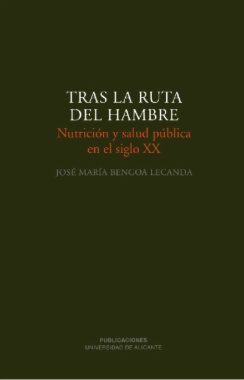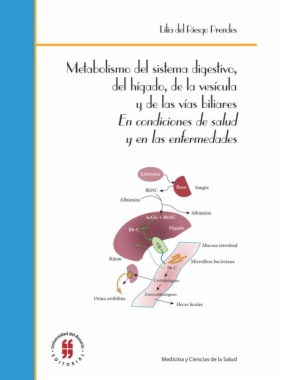
Estás filtrando por
Se encontraron 737 resultados en recursos

Compartir este contenido
Tras la ruta del hambre. Nutrición y salud pública en el siglo XX
Copia el enlace o compártelo en redes sociales

Aprender a adelgazar: perder kilos depende de los sentimientos
Compartir este contenido
Aprender a adelgazar: perder kilos depende de los sentimientos
Copia el enlace o compártelo en redes sociales

Bienestar y vida. Frutoterapia
Compartir este contenido
Bienestar y vida. Frutoterapia
Copia el enlace o compártelo en redes sociales
Socorredor minero: tratamiento de fracturas - Módulo No. 6
Compartir este contenido
Socorredor minero: tratamiento de fracturas - Módulo No. 6
Copia el enlace o compártelo en redes sociales
Fundamentos de medicina: manual de hipertensión arterial /
Compartir este contenido
Fundamentos de medicina: manual de hipertensión arterial /
Copia el enlace o compártelo en redes sociales
Fundamentos de medicina: enfoques en medicina interna /
Compartir este contenido
Fundamentos de medicina: enfoques en medicina interna /
Copia el enlace o compártelo en redes sociales
Terminología médica /
Compartir este contenido
Terminología médica /
Copia el enlace o compártelo en redes sociales

Aquí estamos... mutando
Compartir este contenido
Aquí estamos... mutando
Copia el enlace o compártelo en redes sociales

Identidades perdidas
Compartir este contenido
Identidades perdidas
Copia el enlace o compártelo en redes sociales

Metabolismo del sistema digestivo, del hígado, de la vesícula y de las vías biliares en condiciones de salud y en las enfermedades
Compartir este contenido
Metabolismo del sistema digestivo, del hígado, de la vesícula y de las vías biliares en condiciones de salud y en las enfermedades
Copia el enlace o compártelo en redes sociales
Selecciona las Colecciones en las que vas a añadir el contenido
Para consultar los contenidos añadidos busca la opción Tus colecciones en el menú principal o en Mi perfil.
